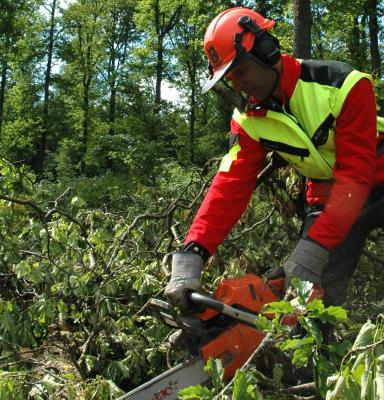
UK SLIMFs
In the UK, for the purposes of defining SLIMF, a forest is considered ‘small’ if it is 500 hectares or smaller in size. The 500 hectare size threshold has more to do with a low perceived risk of non-conformance with standards than with what is a genuinely small wood in the UK context.
A forest is considered to be managed at a ‘low intensity’ if:
a) the rate of timber harvesting is less than 20% of the mean annual increment (MAI) within the total production woodland area
and either
b) the annual harvest from the total production woodland area is less than 5,000 cubic metres
or
c) the average annual timber harvest from the total production woodland is less than 5,000 cubic metres per year during the period of validity of the certificate, as verified by harvest reports and surveillance audits.
SLIMF certification
SLIMF certification can be sought via a group scheme or FSC-accredited certification body.
Whichever route you choose, and whatever the size of your woodland or intensity of your management, you will need to meet the requirements of the FSC National Forest Stewardship Standard of the United Kingdom.
